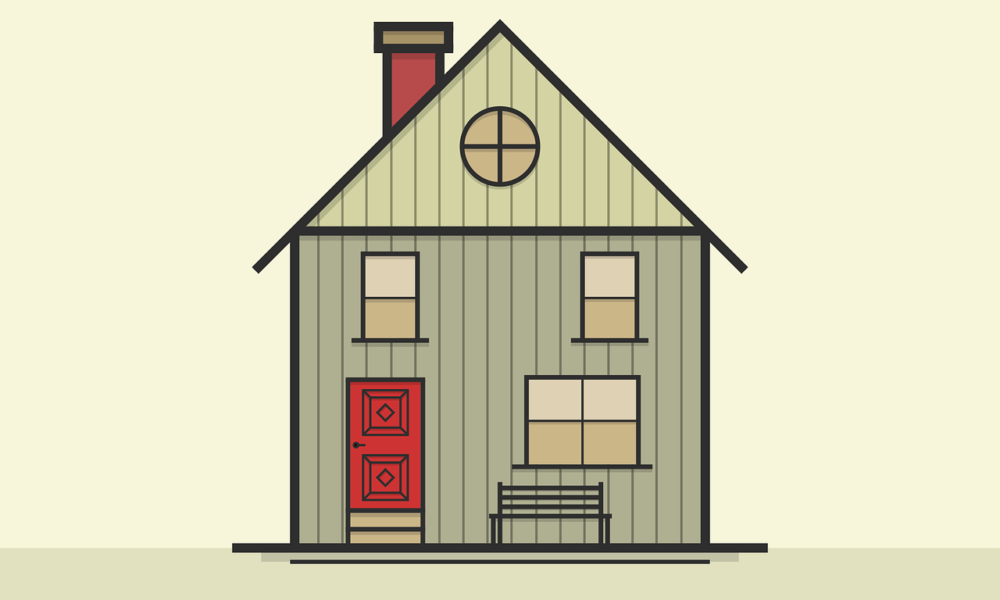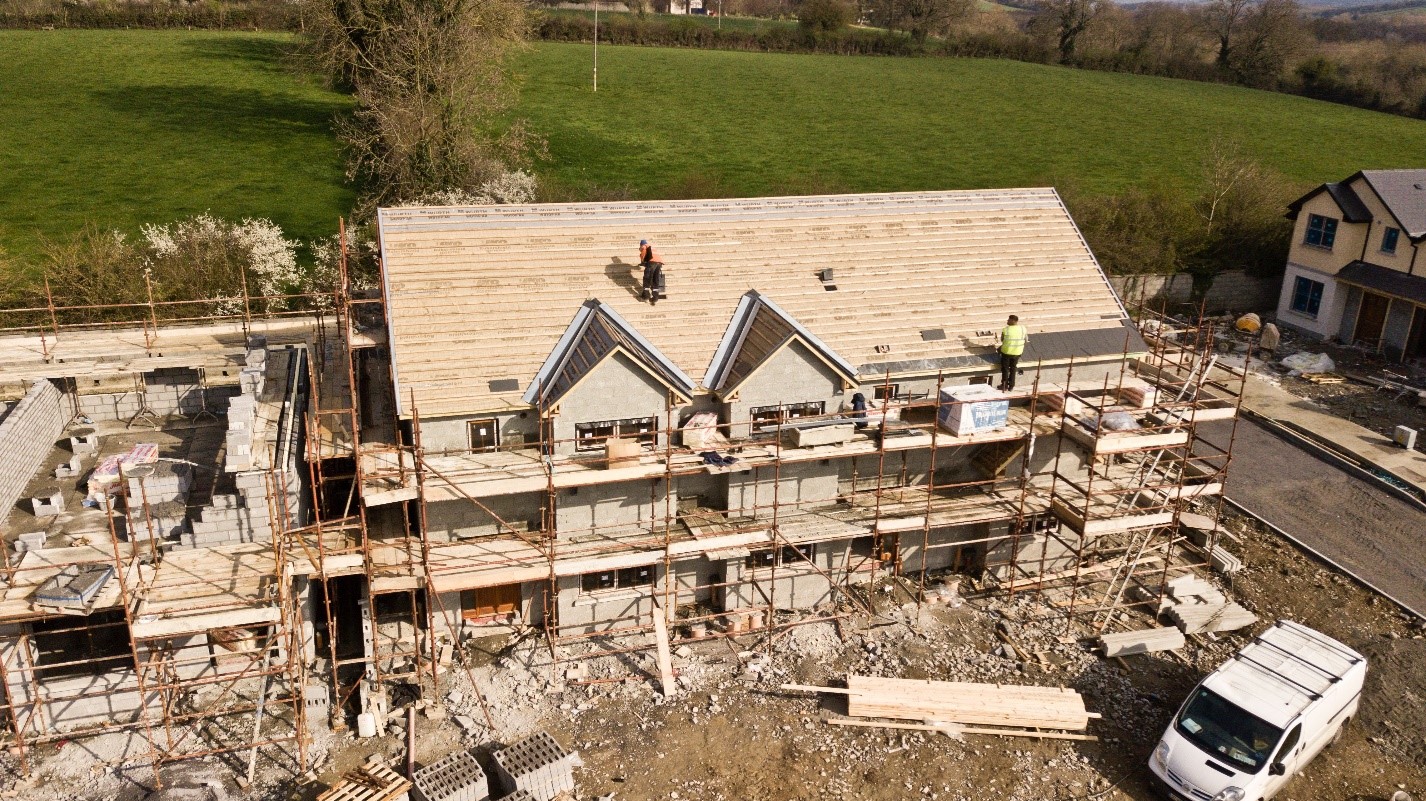Home Improvement
Why is Roofing So Important?

If you ask someone what they think is the most important part of a house, chances are that they will probably not respond with “the roof.” Yet, I would argue that this is in fact the case. Without one, there is a good chance that everything in our homes would end up destroyed or even swept up in the wind.
Of course, this is not the only thing that they can do, but I do like to point out how silly it is to think they are not a vital part of our architecture. We have been honing our skills on how to create them for centuries, and probably for thousands of years when we really start to think about it. There is a good reason for this.
While it might sound odd, there are places where we can learn about them and their history. Some people might question the integrity of a source like this one, https://en.wikipedia.org/wiki/Roof, but I find that the information provided is cited quite well and has a lot to offer. So, it is definitely not a bad place to start!
The Design Considerations for Roofing

There are three main aspects to this that this article will cover today, of varying importance. These are the overall durability, the materials that are used, and the construction process. Each plays a part in the final product (that being the finished roof).
As you likely already know, the architecture of a home will significantly impact the design choices for the roof, and vice versa. There are a ton of different styles out there. Some of the most popular are gables (there is even a book series named after them), though in recent days they have been somewhat overshadowed by other kinds.
Another common one that we have been seeing a lot is called hipped roofs. However, given the varieties that are out there, it is no surprise that it is a hard choice to make. It comes down to what will suit your property more and how much of a slope that you would like.
Did you know that the slope actually has a functional purpose as well as an aesthetic one? You see, the slope is actually an integral part of keeping water outside of the home and preventing leaks. The steeper said slope is, the faster that water falls off it. This does apply to what melts after a snowfall, so bear that in mind.
If you are not sure what might suit your needs, you could consult with a roofing contractor for some more perspectives on it. I find that talking to professionals who have years of experience tends to be quite helpful no matter what the topic in question is. This is certainly true of something like this, where the average person probably does not have much perspective on what makes a roof “good” versus “bad.”
Now, when it comes to materials, this is less flexible perhaps than it used to be. While some parts of the world still utilize thatch roofs or even those made from banana leaves, most contractors in the United States have a smaller variety of offerings that are more “standard.” This could be tar pitch, asphalt, or even wood in rare cases.
One of the main concerns in terms of what we use to make them is the question of flammability. For much of human history, one of the biggest issues that afflicted large cities was the constant threat of a fire breaking out. Wooden roofs contributed to the problem a lot of the time, unfortunately.
Of course, the materials used will also play a part in the overall durability. Certain types will last longer. Unfortunately, the climate of where we live also factors in – so, areas that face snow or other inclement weather tend to need to make repairs or replacements more often than places without these issues.
Why it Matters
I get this question more often than not when I try to discuss this with someone (which, I can understand, it is not exactly the most exciting thing ever). However, you might be surprised to learn just how critical it can be to keep our homes safe throughout the entire year.
They serve a variety of functions, as can be expected. As I mentioned briefly already, one of those is to shed water. This is to prevent it from reaching the insides of our buildings, of course. Even flat roofs achieve this, as to some extent the “flat” appearance is an optical illusion.
Now, as far as the other purposes, a large one is to provide thermal insulation. Buildings lose a lot of heat during the winter months, and having the overarching roof there helps to prevent this. Usually, there is some form of additional insulation as well, but it is still good to remember that.
Moving away from the pure functionality, though, it is undeniable that they offer some aesthetics as well. It is hard to imagine a home having “curb appeal” without one. In fact, the style of it tends to play a huge part in how attractive a property looks to potential buyers at first glance. In addition to that, if repairs have not been kept up, it can serve as a huge turn-off for those who could have been interested. So, if you have been uncertain as to how much maintenance matters for them, hopefully, this has helped!